Lime Can Be Used To Reduce Soil Acidity, But How And When Should It Be Used?
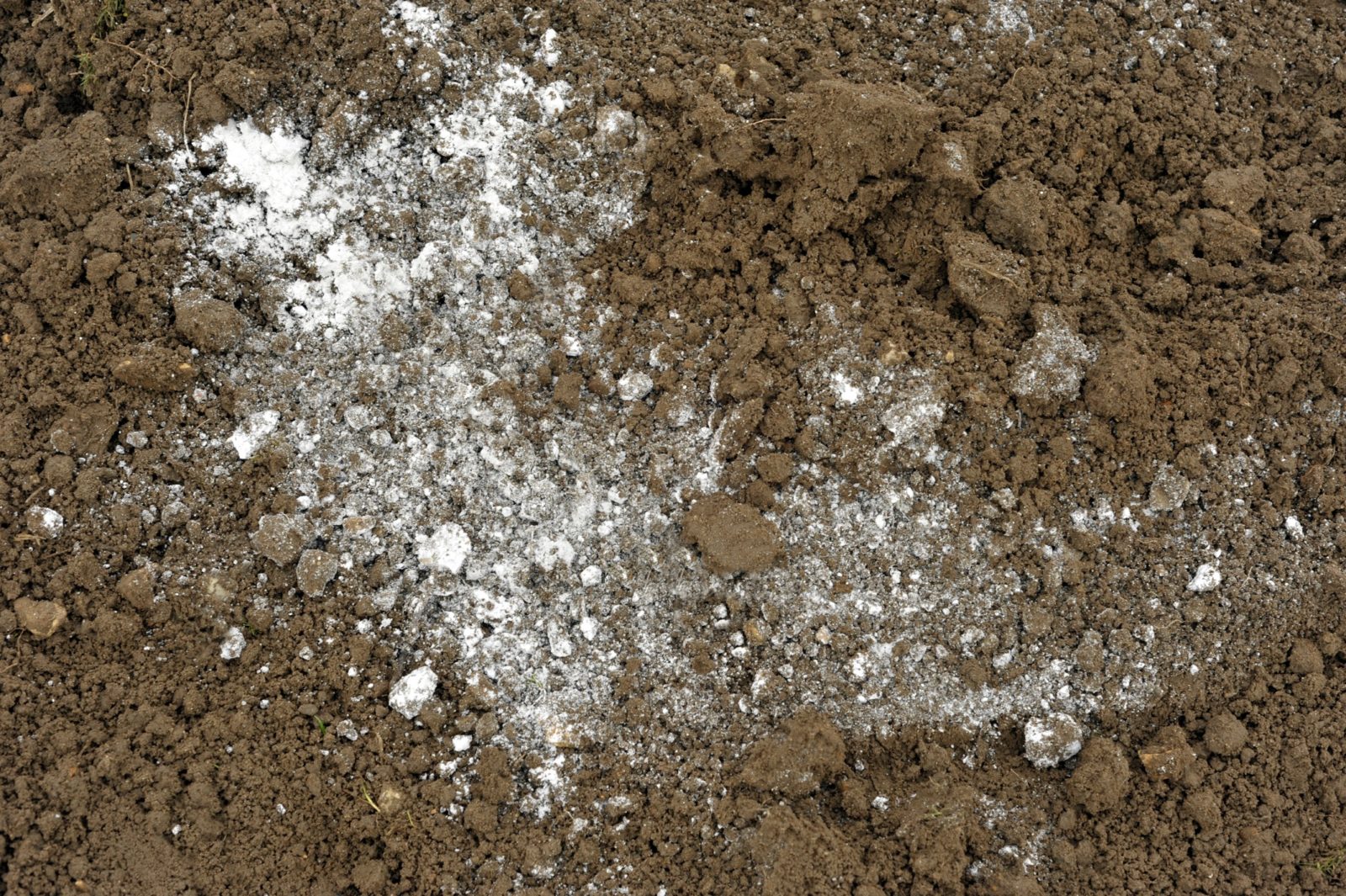

Elizabeth is a Permaculture Garden Designer, Sustainability Consultant and Professional Writer, working as an advocate for positive change. She graduated from the University of St. Andrews with an MA in English and Philosophy and obtained a Diploma in Applied Permaculture Design from the Permaculture Association.
Reviewed By DAN ORI

Dan has over 27 years’ under his belt caring for plants and gardens. Working as a Horticultural Instructor and Consultant, he draws on a diverse range of experience that includes working as a Head Gardener, Tree Surgeon, Garden Centre Trouble Shooter, and writer of academic papers. Dan has a Level 3 Diploma in Horticulture and is currently a candidate for the RHS’s most prestigious award – The Master of Horticulture.
Lime is commonly used to reduce soil acidity, but how and when should it be used?
Conventional horticultural practice involves using lime to raise the pH of acidic soil.
However, sustainable gardeners are increasingly aware of the environmental costs of the extractive industry and since lime comes from limestone quarries, which can cause significant environmental harm, some gardeners are now seeking more sustainable, renewable alternatives.1Quarrying and the environment. (n.d.). British Geological Survey. Retrieved March 20, 2023, from https://www2.bgs.ac.uk/mendips/aggregates/environment/intro.html
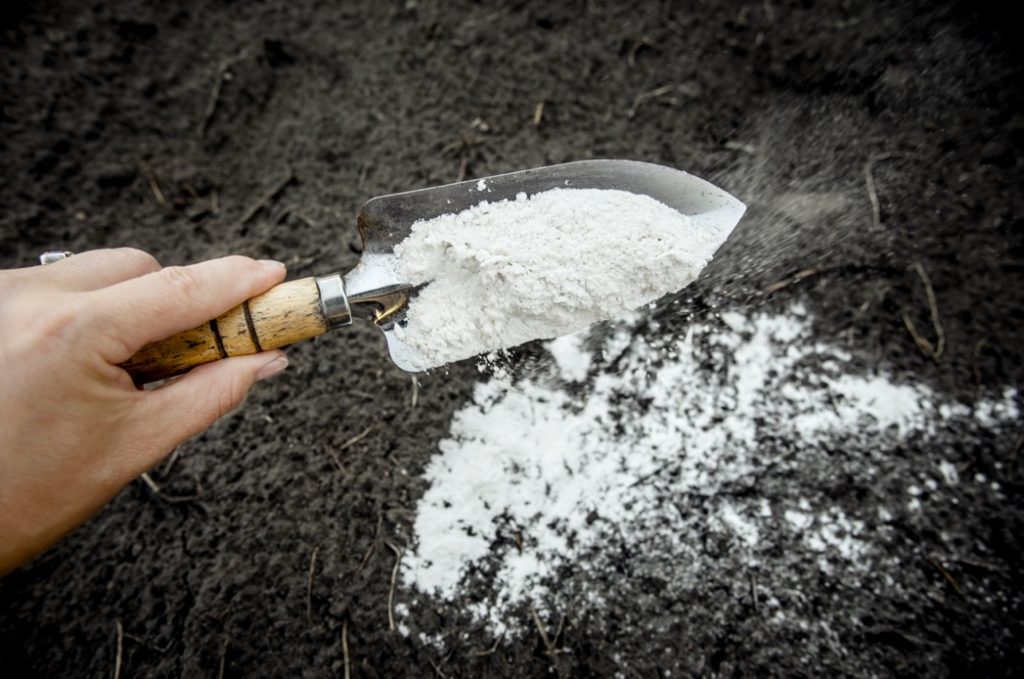
Sustainability practices in the extraction of garden lime certainly vary widely from site to site, but while practices have often improved, these are still part of an extractive rather than regenerative mindset.
Garden lime is a natural material which is suitable for organic production, but just because it is a natural substance, that does not mean that it is necessarily the most eco-friendly option, so this is certainly something to consider before you choose to use lime in your garden.
What Is Garden Lime?

Garden lime is a calcium carbonate-rich material made by grinding limestone.
There is also a variant called magnesian limestone, also known as ‘Dolomite lime’ which is rich in magnesium carbonate as well as calcium carbonate and is used in lime soils which also lack magnesium.2Young, B. (n.d.). Magnesian Limestone, South Shields. The Geological Society of London. Retrieved March 20, 2023, from https://www.geolsoc.org.uk/GeositesMagnesianLimestone
Some gardeners may also use hydrated lime (calcium hydroxide) which is commonly used in construction.3Lime and liming. (n.d.). Royal Horticultural Society. Retrieved March 20, 2023, from https://www.rhs.org.uk/soil-composts-mulches/lime-liming
This has a higher neutralising value and so less of this can be used to have the same affect on the soil.
Why Is It Used?

Lime is used to reduce the acidity of garden soil by increasing the pH level.
Garden soil is either acidic, neutral or alkaline.
Soil that is very acidic can cause issues as it can be more difficult for plants to derive the nutrients they need from strongly acidic soil, and there can also be a toxic build-up of aluminium and other substances in extremely acidic situations.4Soil acidity. (2020, December 29). Agriculture Victoria. Retrieved March 20, 2023, from https://agriculture.vic.gov.au/farm-management/soil/soil-acidity
Raising soil pH can also help to avoid certain plant diseases, such as clubroot of brassica crops.5Club root. (n.d.). Royal Horticultural Society. Retrieved March 20, 2023, from https://www.rhs.org.uk/disease/club-root
Should You Use Lime To Amend Acidic Soil?

Reducing acidity can be required in situations where the soil is particularly acidic to avoid nutrient deficiencies and other issues with plants.
However, sometimes gardeners may simply make the choice to reduce a somewhat acidic soil in order to grow plants which like more neutral or alkaline conditions.
In my opinion, it is usually best, in all but the most extreme of conditions, to work with and plant for the soil that you have in an organic garden.
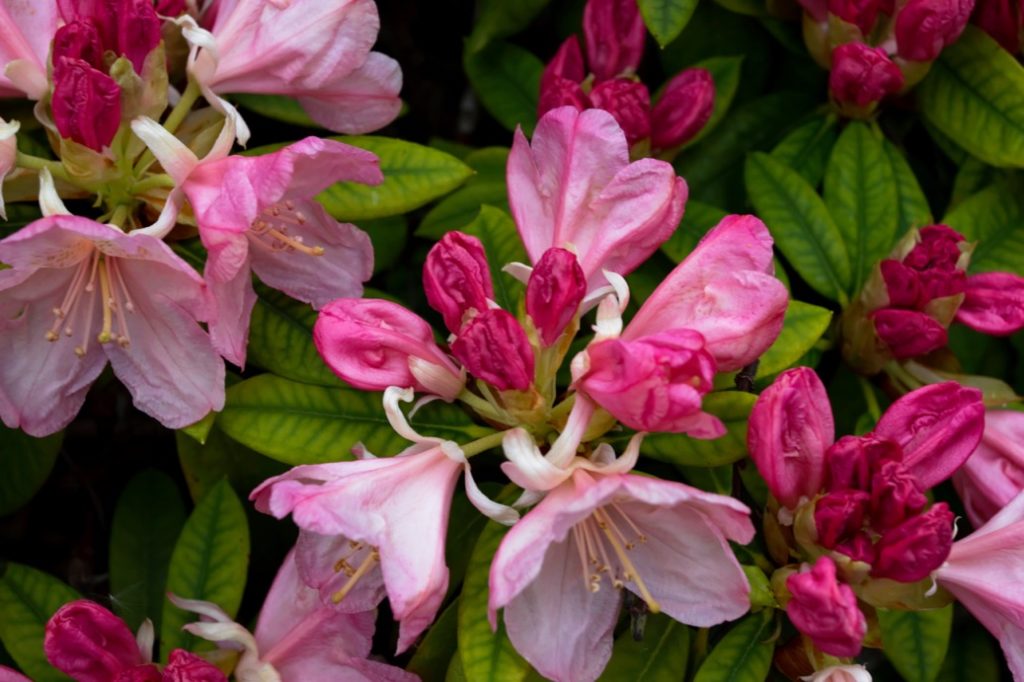
There are plenty of plants which will thrive in moderately acidic soil.
Ericaceous plants love acidic conditions, and a number of further plants can tolerate them as long as they are not too extreme.
Broad and larger scale liming in gardens is not often required.
If lime is used, it is simply used in a particular growing area to improve conditions for certain crops, while the majority of the garden is given over to plants which thrive in the natural conditions.
Do You Need To Use Lime In Your Garden?

The first and most important step in deciding whether to use lime is to determine the pH of the soil in your garden.
For this, you will need a pH testing kit, which is readily available online and not very expensive.
It is always a good idea to check pH before planting new trees or shrubs, or establishing a new kitchen garden.
It is important to note that the degree of acidity is important when deciding whether to lime to reduce acidity.
A very slightly acidic soil, with a pH of 6.5, is actually considered to be the best possible pH level for the growth of the vast majority of garden plants.6Best pH levels and how it effects plant growth. (n.d.). Canna UK. Retrieved March 20, 2023, from https://www.canna-uk.com/ph_acidity
With a pH of 6, some liming may be beneficial, but it is only when the pH falls below 5.5 that more severe issues can crop up, and reducing pH is more likely to be required.
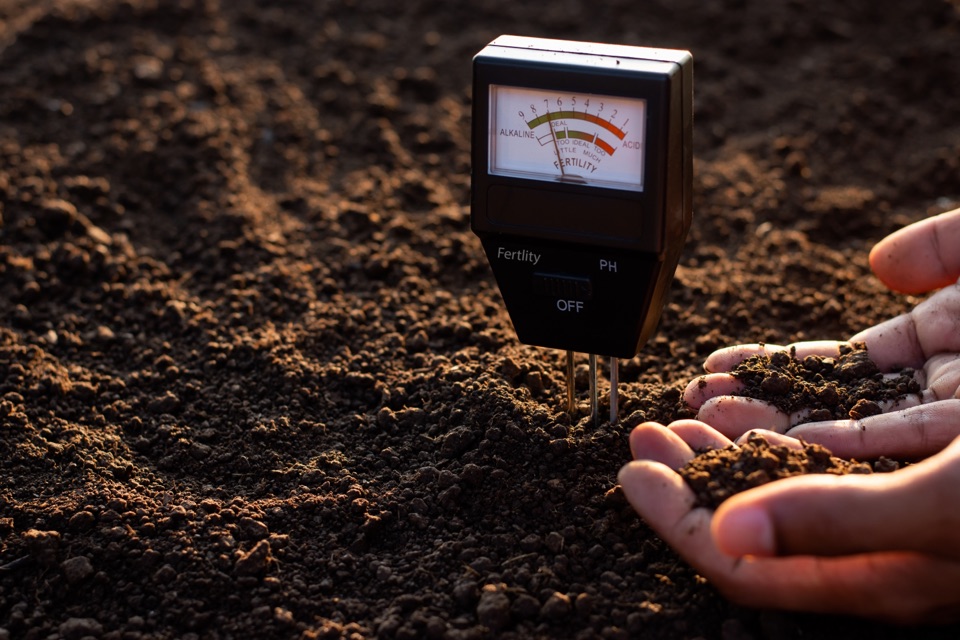
Once you know your pH, and have decided whether you need to reduce acidity, you should think about which material you wish to use.
While garden lime, Dolomite lime or hydrated lime, are the most common options, sustainable gardeners may be interested in other, more eco-friendly options.
Alternatives To Garden Lime

If you need to reduce acidity in garden soil, one other option is calcified seaweed.
Calcified seaweed is produced from naturally occurring calcified and coral-like algae which are naturally occurring.7Seaweed products. (n.d.). Royal Horticultural Society. Retrieved March 20, 2023, from https://www.rhs.org.uk/soil-composts-mulches/seaweed-products
However, even more than limestone quarries, there are serious sustainability concerns over the process of obtaining this product, which damages marine environments.8Campbell, I., Macleod, A., Sahlmann, C., Neves, L., Funderud, J., Øverland, M., Hughes, A., & Stanley, M. (2019, March 22). The Environmental Risks Associated With the Development of Seaweed Farming in Europe – Prioritizing Key Knowledge Gaps. Frontier. Retrieved March 20, 2023, from https://www.frontiersin.org/articles/10.3389/fmars.2019.00107/full
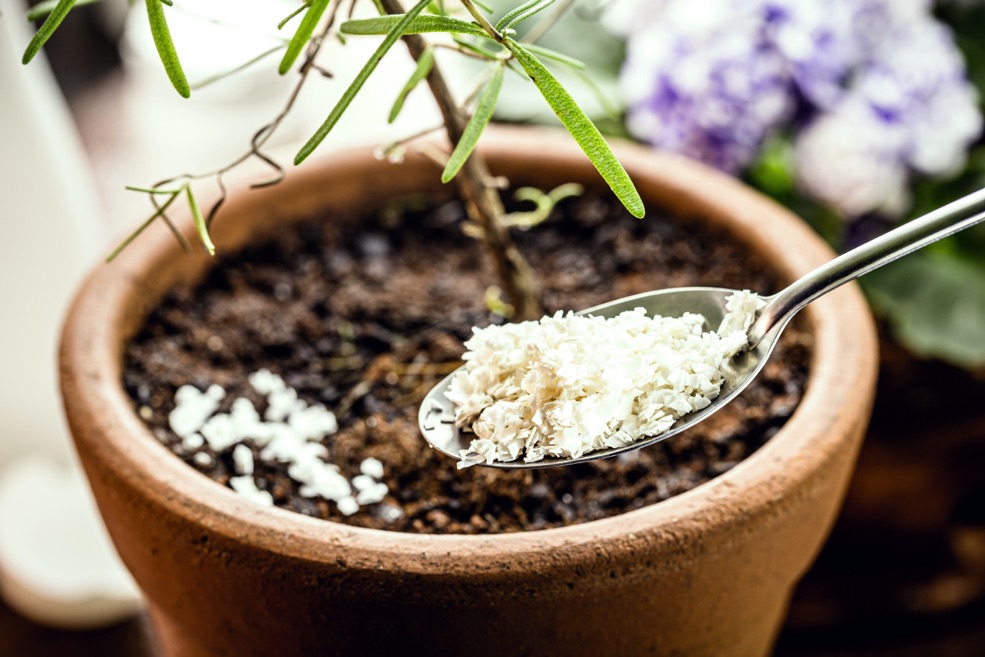
Another very interesting alternative is ground eggshells, which studies have suggested could be just as effective as lime when applied as a ground powder in an agricultural setting.
On a small scale, certainly, in gardens, using powdered crushed eggshells to reduce soil acidity could certainly be an interesting and more eco-friendly alternative.
“Although I would love to use eggshells instead of quarried lime, the scale and grinding process deployed in agricultural trails cannot currently be practically replicated in the domestic garden,” shares Master Hortocilturist Dan Ori.
Determining Quantities For Liming
Of course, lime, while not ideal from a sustainability standpoint, is readily available, and it will be far easier to determine exactly how much of it will be required in order to reduce the soil pH to the optimal level of 6.5.
So, if you have more extremely acidic soil, and do not want to experiment with finely ground eggshells, then it is likely that you will still want to use it.
The quantities that you will need to apply over a given area will vary depending on:
- The type of liming material you choose
- The type of soil in your garden (soils with high clay content will be more resistant to pH change and so more liming material will be required)
- The soil pH (and how much of a reduction in acidity is required)
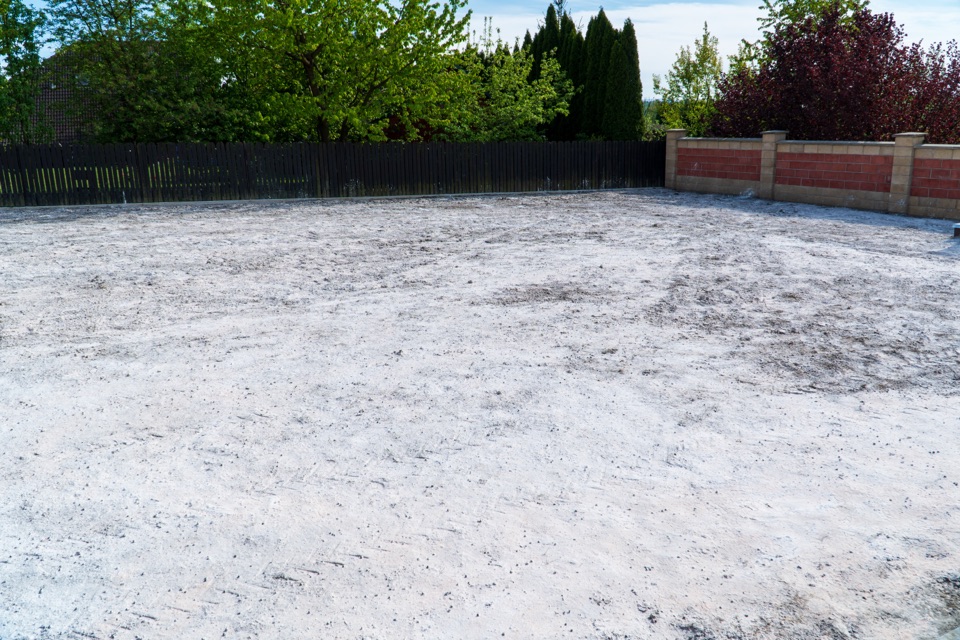
To raise the pH of clay soil, typically you will require around 1kg per square metre (m2) of garden lime to raise the pH from 5.5 to 6.5.
This falls to around 0.8kg / m2 in loam soil and to around 0.7 kg / m2 in sandy soil.
Obviously, more will be required if you need to raise it from a lower pH, and less if the current pH is higher.
The quantities required will be different if you use Dolomite lime or hydrated lime.
Applying Materials To Reduce Soil Acidity
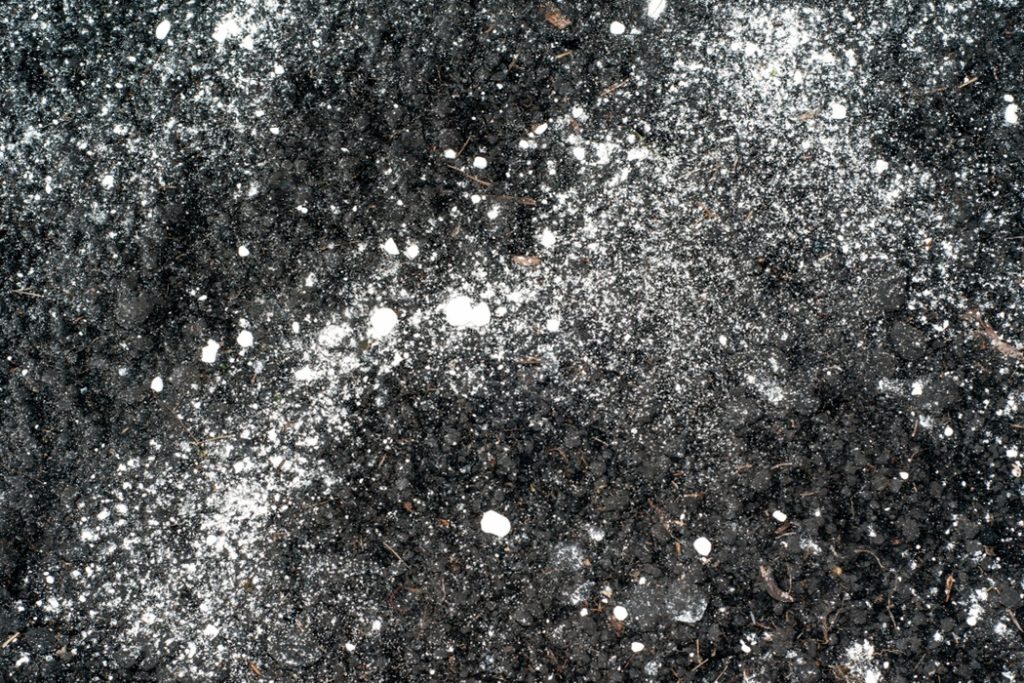
Liming must be carried out several months before planting in order for the necessary change in soil pH to occur.
It is usually carried out for vegetable plots in autumn so that the soil pH should have altered by the time that beds are planted up in spring.
Typically, it is said to be best to dig half of the lime into the soil and sprinkle the rest on the surface.
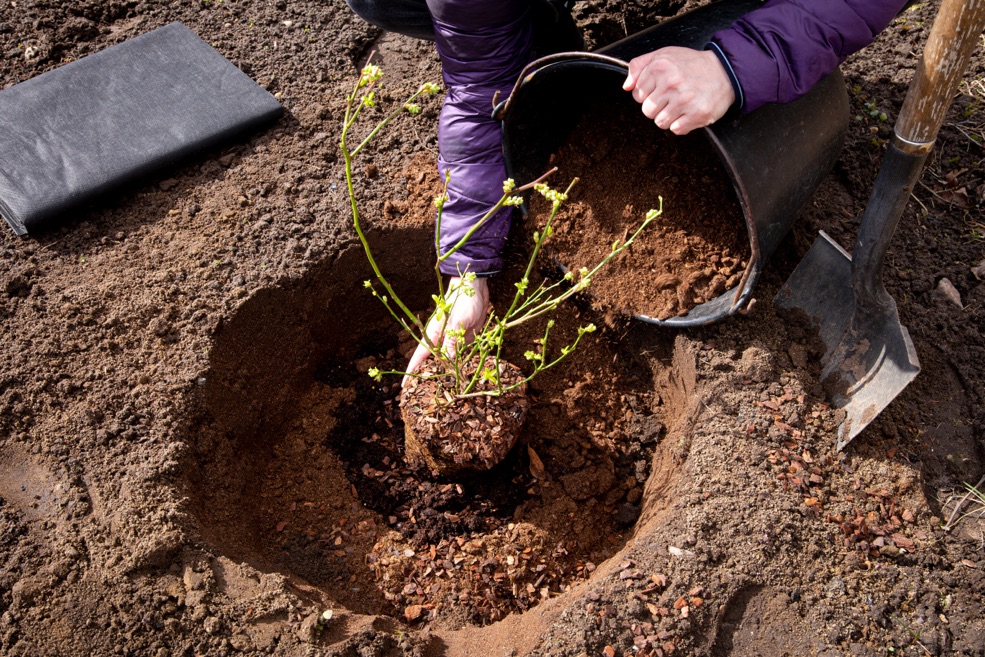
However, in a no-dig garden, soil is not dug and is left as undisturbed as possible, so sprinkling the lime on the surface or incorporating it in the lower layers of a new lasagna garden may be best.
If in doubt about what is required for your garden, it is not a good idea to try to change soil pH drastically without further investigation, since getting it wrong can do more harm than good.
References
- 1Quarrying and the environment. (n.d.). British Geological Survey. Retrieved March 20, 2023, from https://www2.bgs.ac.uk/mendips/aggregates/environment/intro.html
- 2Young, B. (n.d.). Magnesian Limestone, South Shields. The Geological Society of London. Retrieved March 20, 2023, from https://www.geolsoc.org.uk/GeositesMagnesianLimestone
- 3Lime and liming. (n.d.). Royal Horticultural Society. Retrieved March 20, 2023, from https://www.rhs.org.uk/soil-composts-mulches/lime-liming
- 4Soil acidity. (2020, December 29). Agriculture Victoria. Retrieved March 20, 2023, from https://agriculture.vic.gov.au/farm-management/soil/soil-acidity
- 5Club root. (n.d.). Royal Horticultural Society. Retrieved March 20, 2023, from https://www.rhs.org.uk/disease/club-root
- 6Best pH levels and how it effects plant growth. (n.d.). Canna UK. Retrieved March 20, 2023, from https://www.canna-uk.com/ph_acidity
- 7Seaweed products. (n.d.). Royal Horticultural Society. Retrieved March 20, 2023, from https://www.rhs.org.uk/soil-composts-mulches/seaweed-products
- 8Campbell, I., Macleod, A., Sahlmann, C., Neves, L., Funderud, J., Øverland, M., Hughes, A., & Stanley, M. (2019, March 22). The Environmental Risks Associated With the Development of Seaweed Farming in Europe – Prioritizing Key Knowledge Gaps. Frontier. Retrieved March 20, 2023, from https://www.frontiersin.org/articles/10.3389/fmars.2019.00107/full
